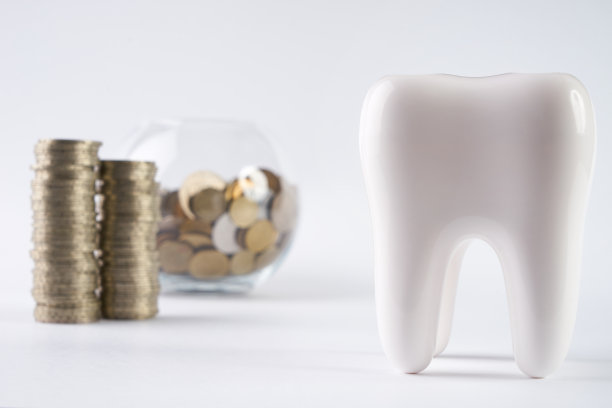The Essential Guide to Extracting a Tooth and Ensuring a Smooth Recovery Process
Summary: Extracting a tooth can be a daunting experience, but with the right guidance, the process can be smooth and manageable. This article provides a comprehensive guide to tooth extraction, covering the preparation needed before the procedure, the extraction process itself, immediate post-extraction care, and long-term recovery tips. Understanding these different facets will not only alleviate anxiety but will also help ensure a quick and effective recovery. Each section is designed to equip individuals with the knowledge required for a successful tooth extraction, empowering them to follow through with confidence and ease.
1. Preparing for Tooth Extraction: Steps to Follow

Before undergoing a tooth extraction, preparation plays a crucial role in ensuring a smooth procedure. Start by scheduling an appointment with your dentist, who will perform a thorough assessment of your dental health. This assessment typically involves X-rays and a discussion of your medical history to identify any potential complications.
Next, inform your dentist about any medications you are currently taking, as some might interfere with the extraction process. It’s essential to follow any pre-operative instructions, which may include avoiding certain medications or fasting prior to the procedure.
Lastly, arrange for transportation to and from the dental office. Anesthesia may be used during the extraction, rendering you temporarily unable to drive. Having a friend or family member accompany you not only helps with logistics but also provides emotional support.
2. Understanding the Tooth Extraction Procedure
The tooth extraction process can generally be divided into two categories: a simple extraction and a surgical extraction. A simple extraction is performed on a tooth that is visible above the gum line and can usually be accomplished with local anesthesia. Your dentist will loosen the tooth using an instrument known as an elevator before removing it.
Surgical extraction, on the other hand, is required for teeth that are not easily accessible, perhaps due to being broken or impacted beneath the gum line. In this case, the procedure may involve incisions and the possibility of general anesthesia or sedation.
Both types of extraction may involve some level of discomfort. Your dentist will ensure that you are adequately numbed during the procedure, but it’s essential to discuss pain management options available afterward to make your experience more comfortable.
3. Immediate Post-Extraction Care Guidelines
Once the tooth has been removed, proper post-operative care is critical. Initially, biting down on a gauze pad applied directly to the extraction site helps to control bleeding. This should typically be maintained for about 30 to 45 minutes.
Following the extraction, you should rest and avoid strenuous activity for the remainder of the day. It’s also vital to avoid sucking on straws, spitting, or rinsing vigorously, as these actions can dislodge the blood clot forming in the socket.
Feelings of discomfort or pain can be managed with over-the-counter pain relief, as recommended by your dentist. Additionally, eating soft foods and staying hydrated can facilitate a more pleasant recovery during the initial days post-surgery.
4. Long-Term Recovery Tips for a Smooth Healing Process
As you recover from the extraction, consider implementing several long-term practices to expedite healing. Continuing to maintain excellent oral hygiene is crucial, albeit being careful around the extraction site. Gently brushing and using a soft toothbrush will help keep bacteria at bay while allowing the extraction site to heal.
Monitoring the site for any signs of infection, such as persistent pain, swelling, or discharge, is important and warrants a visit to your dentist. Regular follow-ups could also be necessary to ensure that your healing process is on track.
Finally, once you’ve fully recovered, discuss with your dentist about possible tooth replacement options if required. Taking these steps will contribute significantly to a complete and satisfying recovery.
Summary:
In conclusion, understanding the process of tooth extraction—from preparation to long-term recovery—can lead to a better experience overall. By preparing adequately, knowing what to expect during the procedure, providing proper immediate care, and following long-term recovery tips, individuals can significantly ease the discomfort associated with this dental procedure.
This article is compiled by Vickong Dental and the content is for reference only.



